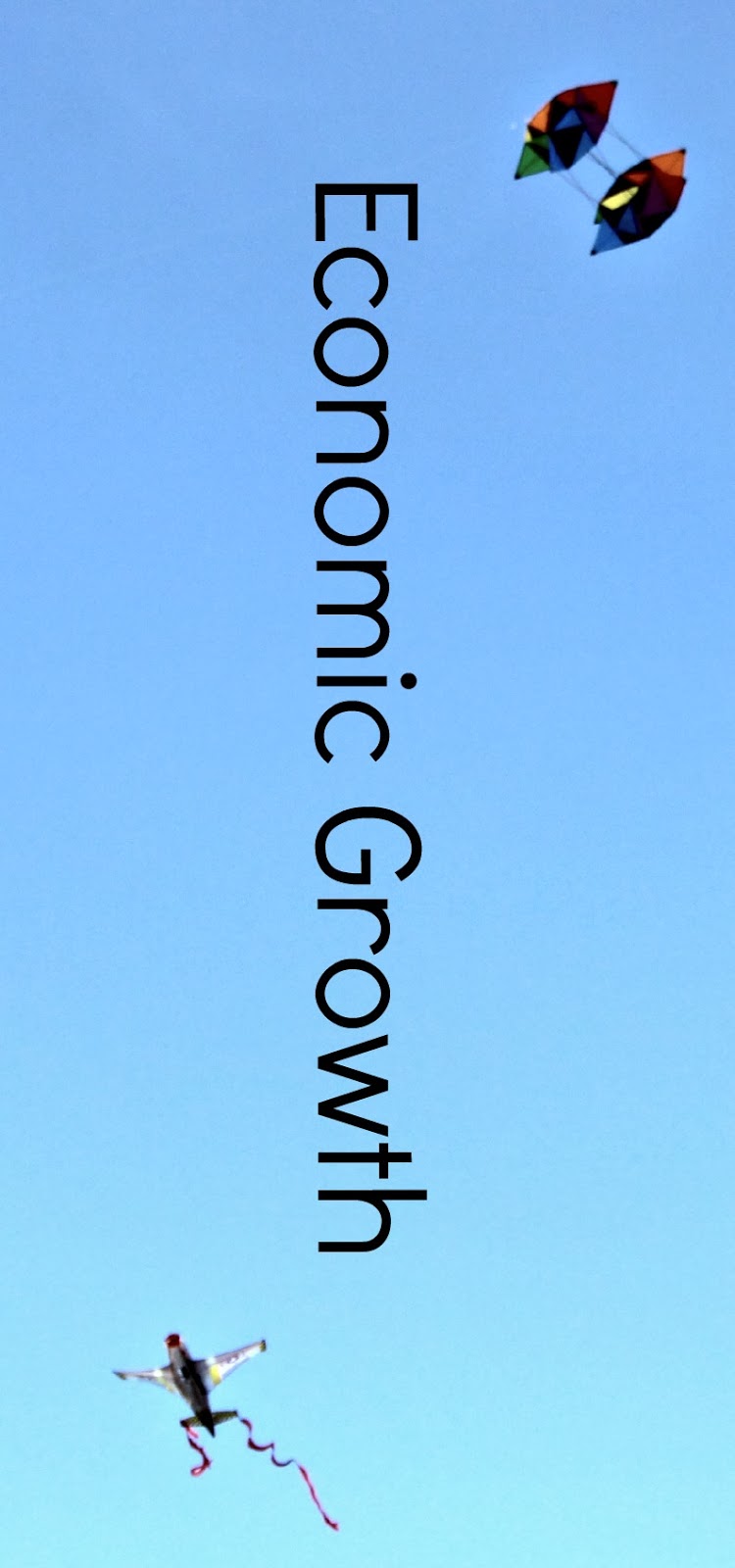Will American make its way back into leading manufacturing
status? A report by the Boston Consulting Group indicates that the U.S. will
see increases in manufacturing over the next couple of years as parity is
achieved due to lower natural gas prices, stagnated wages in the U.S. and
higher costs overseas. With a decline of energy costs from oil shale dropping to 50%
and increases in the cost of manufacturing in countries like China there is
much to cheer in the U.S. The good times can roar again.
American workers are becoming more productive, Chinese
workers are more expensive, and the associated costs of manufacturing overseas have
risen. A report by the Congressional Research Service found that the U.S. share
of global manufacturing declined 30% in 2002 and that number dwindled to 17.4% in 2012 (1).
The new report by the Boston Consulting Group indicates that the costs of
manufacturing in the U.S. versus many other places like China will be about the
same giving the U.S. advantages.
At present the advantage of producing products in low cost
countries such as China and Asia is less than 5% (2).
The U.S. and Mexico are starting to look like great places to manufacture items
again. Mexico has had some increases in wages but their productivity has risen
much more making them a local cheap labor supplier (3).
The U.S. as a producer of high
technology and advanced manufacturing with a regional partner in Mexico is
covering both the high and low demographic markets of production.
Each region of the world has some high and low cost manufacturers.
Large multi-national firms can move into areas that seek them the best
advantages. These advantages can come from a whole range of factors that may
include production costs, labor costs, labor skill, infrastructure, tax rate,
telecommunications, science development, shipping costs, etc… They have also not considered economically
suppressed areas within the U.S. that could benefit from increased investment while being supported by stronger tertiary areas.
Many companies are likely to move back to economically
stable nations. The U.S. with its increasing competitive costs and relatively
stable political structure can be attractive to large multi-national firms. If
a windfall of re-investment in the nation comes forth it will likely adjust the
shipping and distribution channels across the world to ensure that more
products move in and out of the country before heading to their final
destinations. Asia will also likely become a larger consumer base where products are sold and a slightly slower manufacturing base where products are built.
Boston Consulting Group (2014). Made in America, Again. Why
Manufacturing Will Return to the U.S. Retrieved April 25th, 2014
from https://www.bcgperspectives.com/content/articles/manufacturing_supply_chain_management_made_in_america_again/




